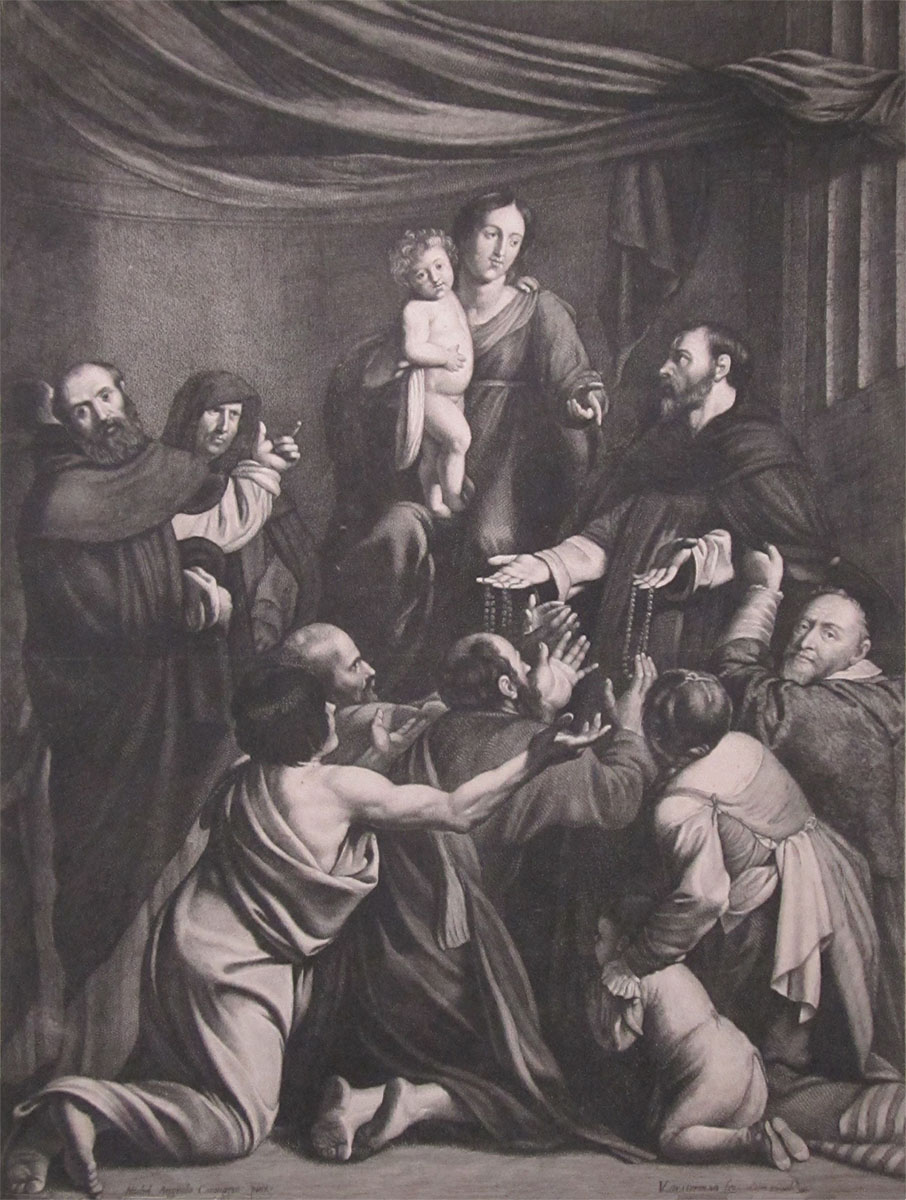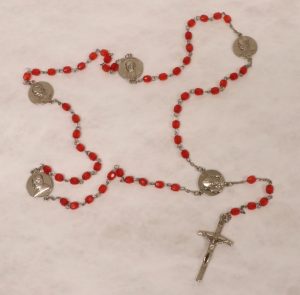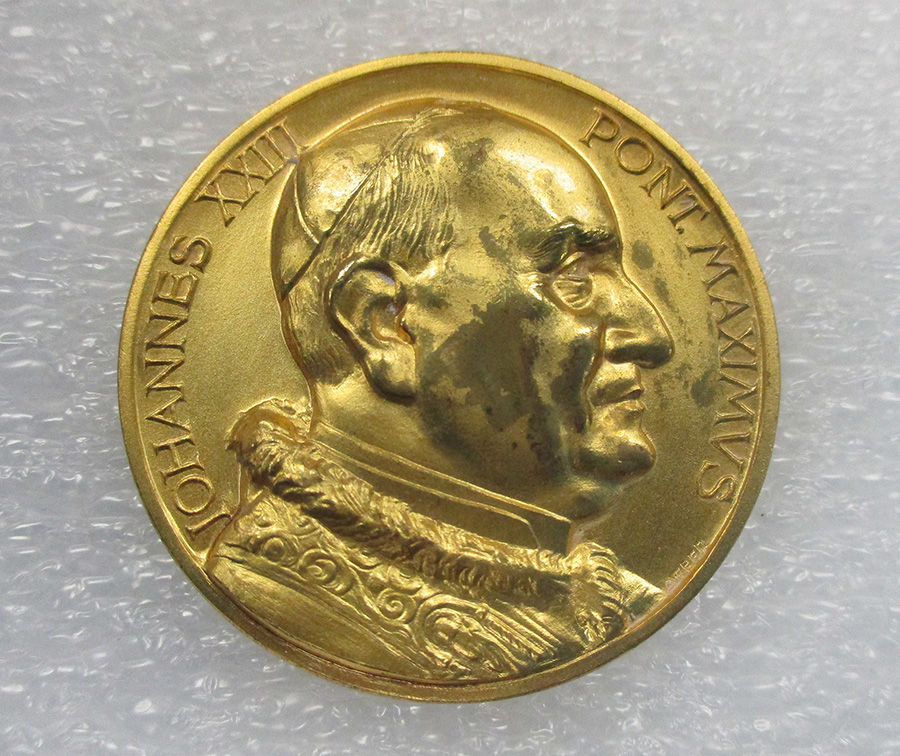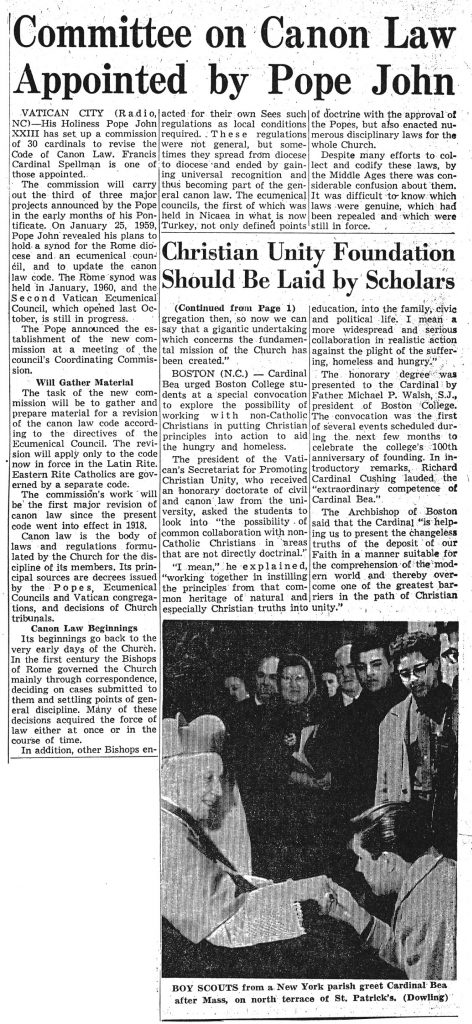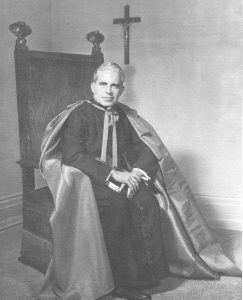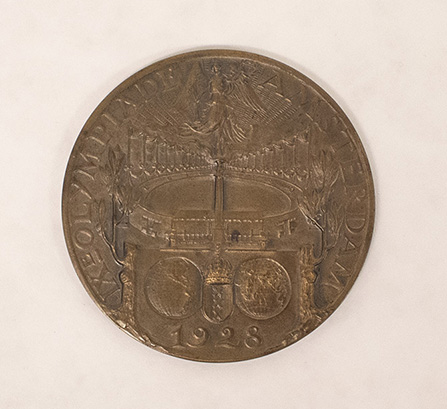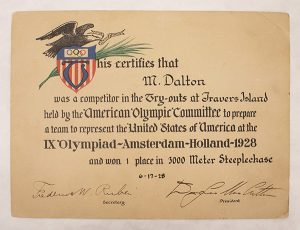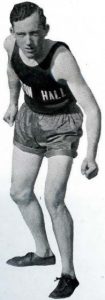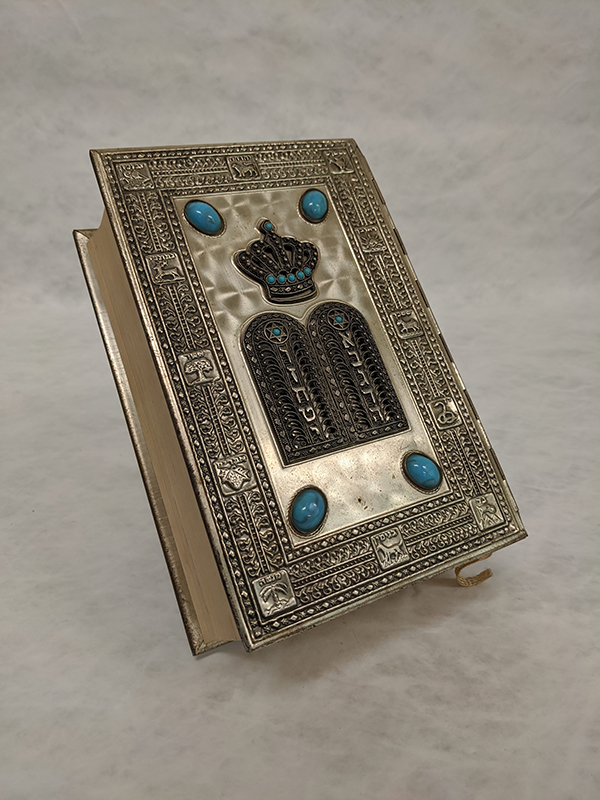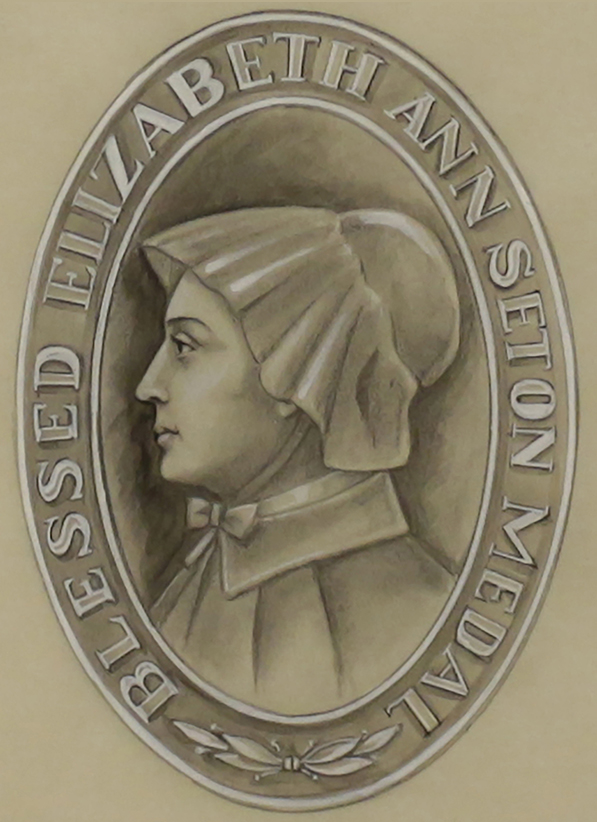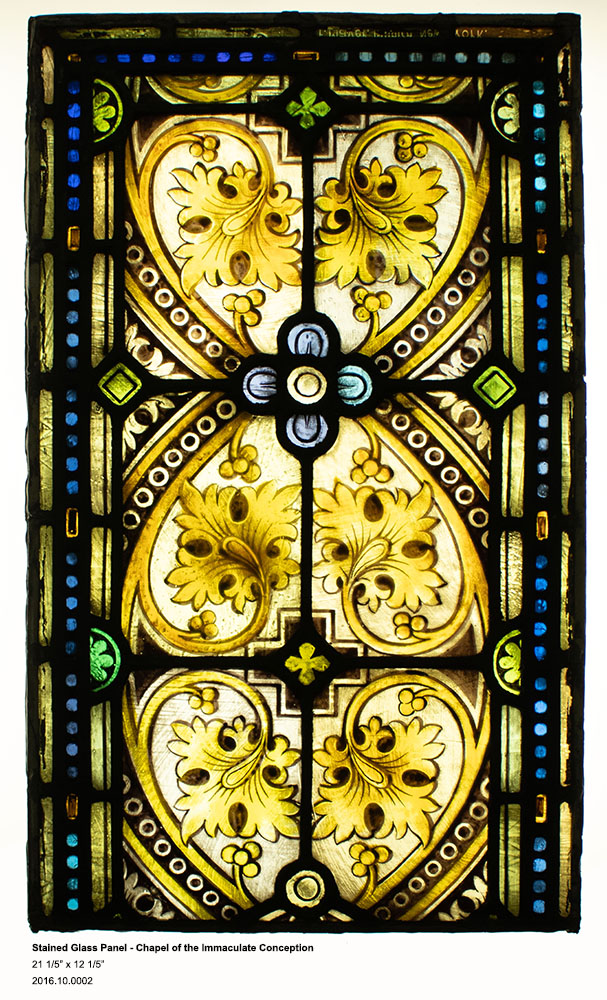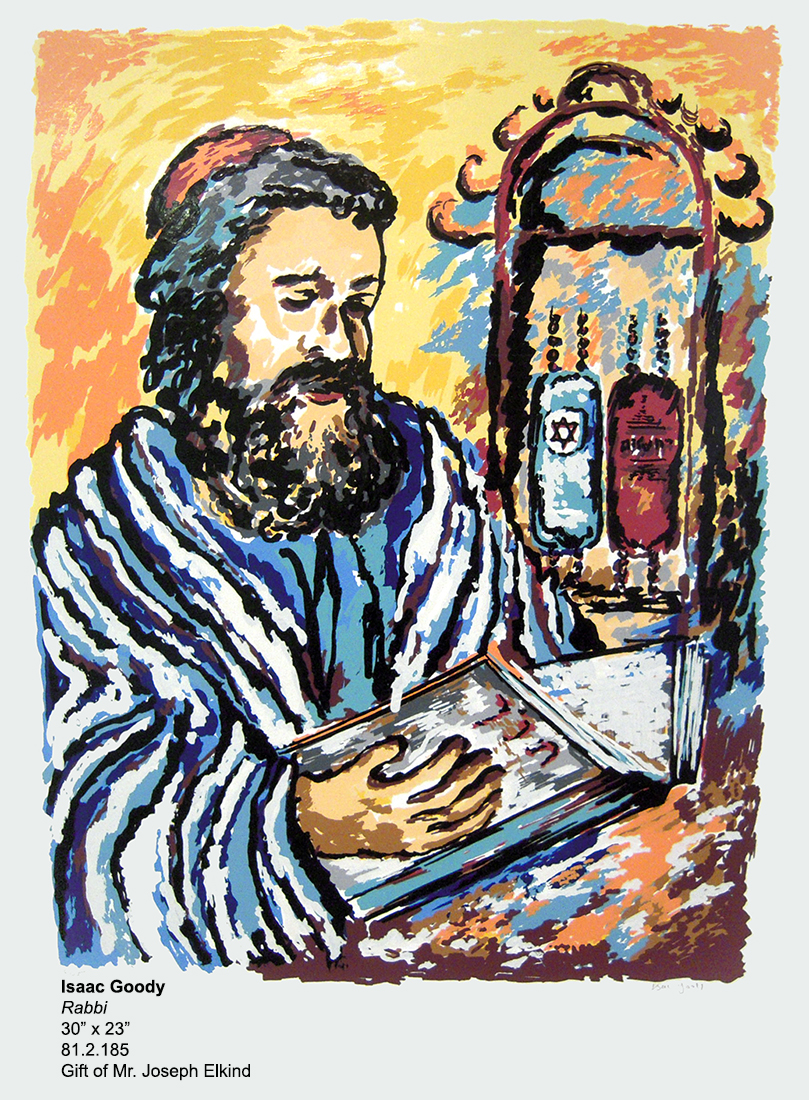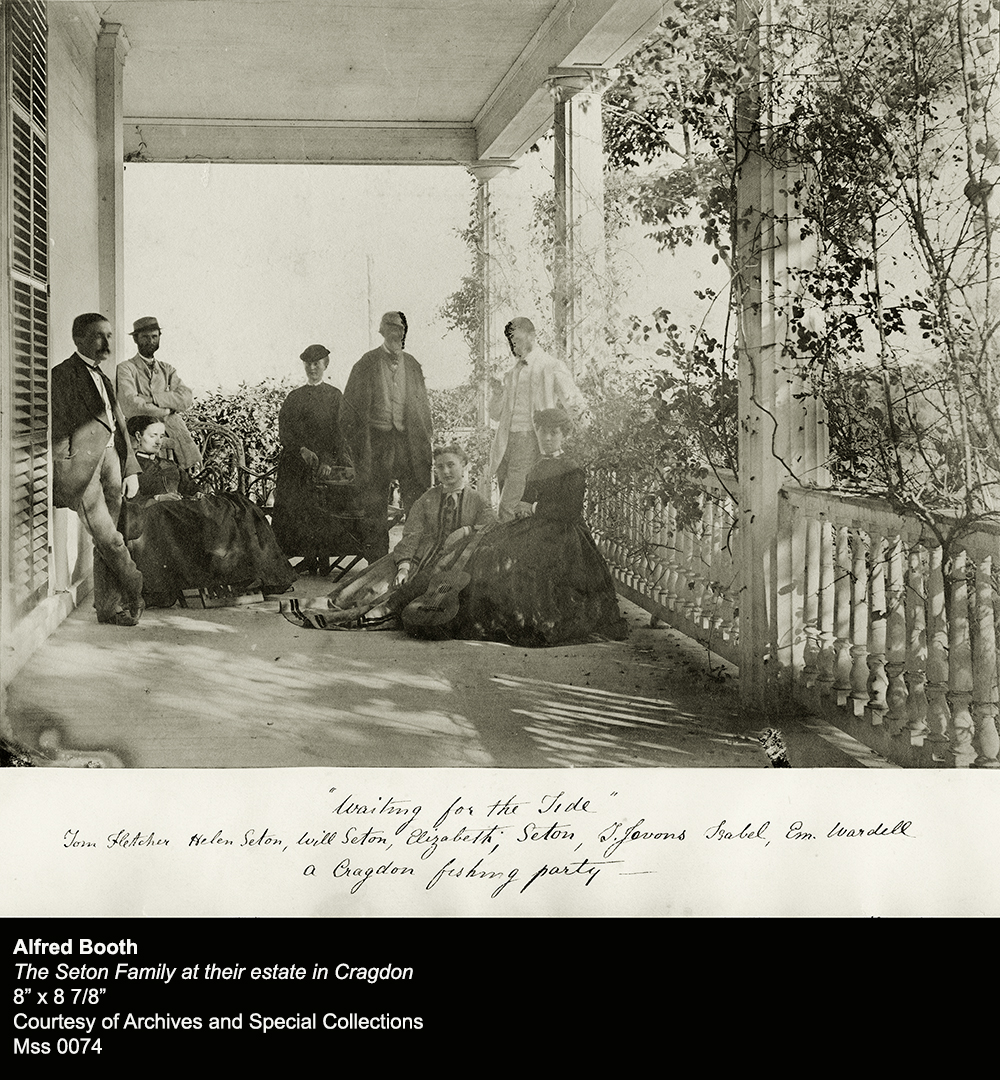VETERANS DAY – HONORING SERVICE IN THE U.S. ARMED FORCES
George Washington is remembered as a Founding Father of the United States of America, the first president of the country, as well as a military veteran. He received his military training with the Virginia Regiment, and was later selected as a delegate to the Continental Congress which in turn, appointed him as the Commanding General of the Continental Army in 1775. Washington declined a salary but was reimbursed for his expenses.[1] He ultimately led American forces to victory against the British in the fight for independence before ascending to the presidency. In his newly-defined role as President, Washington was also commander in chief of the nation’s military forces. This political button from the Department of Archives and Special Collections depicts Washington dressed in military gear, demonstrating his astute understanding that effectiveness as a military leader and president was contingent on appearance as well as action.[2]

Political buttons are a uniquely American invention that originated with George Washington’s presidential campaign.[3] His candidacy was also the first presidential election in the United States. Washington and his supporters wore a brass button that said “G.W. – Long Live the President“, the phrase proclaimed by Robert Livingston, the Chancellor of New York, after he administered the Oath of Office to George Washington in April 1789 at Federal Hall in New York City.[4] The Electoral College unanimously elected Washington as the first president in 1789, and again 1792. He is the only president in American history to receive the totality of electoral votes.[5] The political pins worn by Washington’s supporters were more like buttons, sewn to lapels and did not include a likeness of the candidates. The first photographic image on a political pin dates to 1860 during Abraham Lincoln’s presidential campaign. Lincoln, and his running mate for Vice President, Hannibal Hamlin, ran on the Republican ticket and used metal buttons with tintype images of each candidate on opposite sides which more palpably demonstrated support of candidates. [6]
The ferrotype and tintype photographic processes that allowed images of candidates to be reproduced widely were invented in the 1850s. The invention of photography enabled widespread dissemination of candidates’ likenesses in a time before widespread media, such as television, the internet and social media allowed voters to see images of political hopefuls. The political button is one of the oldest and most popular ways to indicate support of a particular candidate or issue.
This pin from Seton Hall University’s Department of Archives and Special Collections features the face of George Washington on a gold background with a red, white and blue accent ribbon. It was issued in 1932 to mark the bicentennial of his birth. It is one of many different style buttons issued to commemorate the occasion.
For approximately the past 120 years, slogans, pictures, and names have been widely used to promote candidates and causes. While buttons are still produced today, disposable stickers are more frequently used at rallies and political events, since they can be made cheaply and in larger quantities. This pin is but one of a large collection of political buttons housed in the Archives and Special Collections Center. This collection was cultivated and donated by Monsignor Francis Seymour, former Archivist for the Archdiocese of Newark. The collection contains political buttons from national and state elections, as well as those endorsing particular political causes.
__________________
The images and materials shown here are but a small part of the vast patrimony available to students, faculty and researchers. For access to this or other objects in our collections, complete a research request form to set up an appointment or contact us at 973-761-9476.
[1] https://en.wikipedia.org/wiki/George_Washington, accessed 11/2/2020
[2] https://www.mountvernon.org/preservation/collections/general-washingtons-military-equipment/, accessed 11/2/2020
[3] http://archives.library.yorku.ca/exhibits/show/pushingbuttons/history-of-political-buttons, accessed 10/19/2020
[4] https://www.mountvernon.org/preservation/collections-holdings/the-material-culture-of-the-presidency/inaugural-buttons/, accessed 10/19/2020
[5] https://www.mountvernon.org/library/digitalhistory/digital-encyclopedia/article/presidential-election-of-1789/, accessed 10/19/2020
[6] https://www.thehenryford.org/collections-and-research/digital-collections/artifact/324508/, accessed 10/19/2020


